SKIN CONCERNS
What are Tired Eyes?
“Tired eyes” refers to a condition where the eyes look fatigued, often characterized by puffiness, dark circles, redness, and a general appearance of being droopy or dull. This common concern is not only a cosmetic issue but can also be symptomatic of insufficient rest, eye strain, or underlying health conditions.
Tired Eyes
Tired eyes, often described as a condition where the eyes look weary and strained, can manifest through several distinct symptoms, making them easily noticeable. This condition is typically characterized by dark circles under the eyes, which occur when the blood vessels become more visible through the thin skin in this area, often exacerbated by fatigue or poor sleep. Additionally, puffiness around the eyes is common, resulting from fluid accumulation that can be influenced by factors such as diet, sleep patterns, and hormonal changes. Tired eyes may also appear red and irritated, symptoms that can be intensified by environmental irritants, allergies, or prolonged periods of screen usage which strain the eyes.
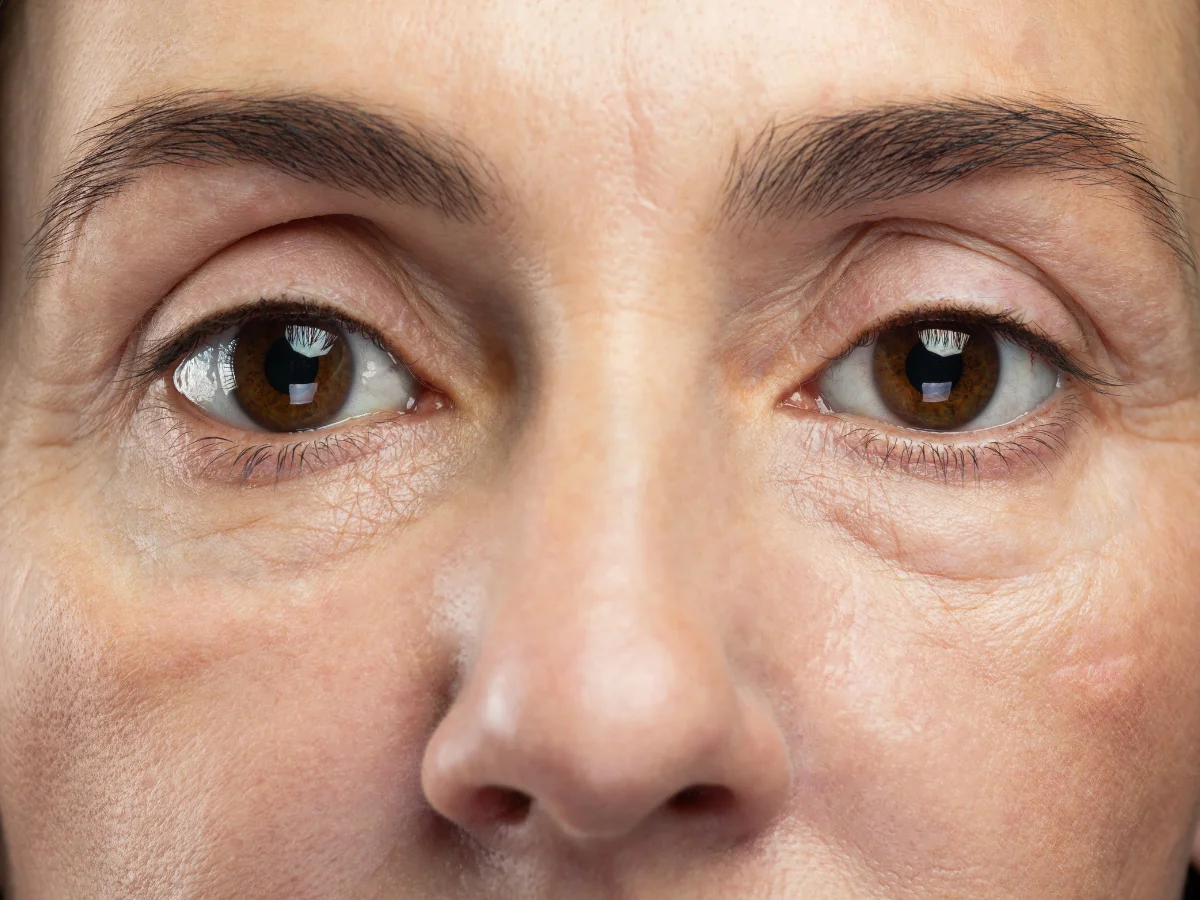
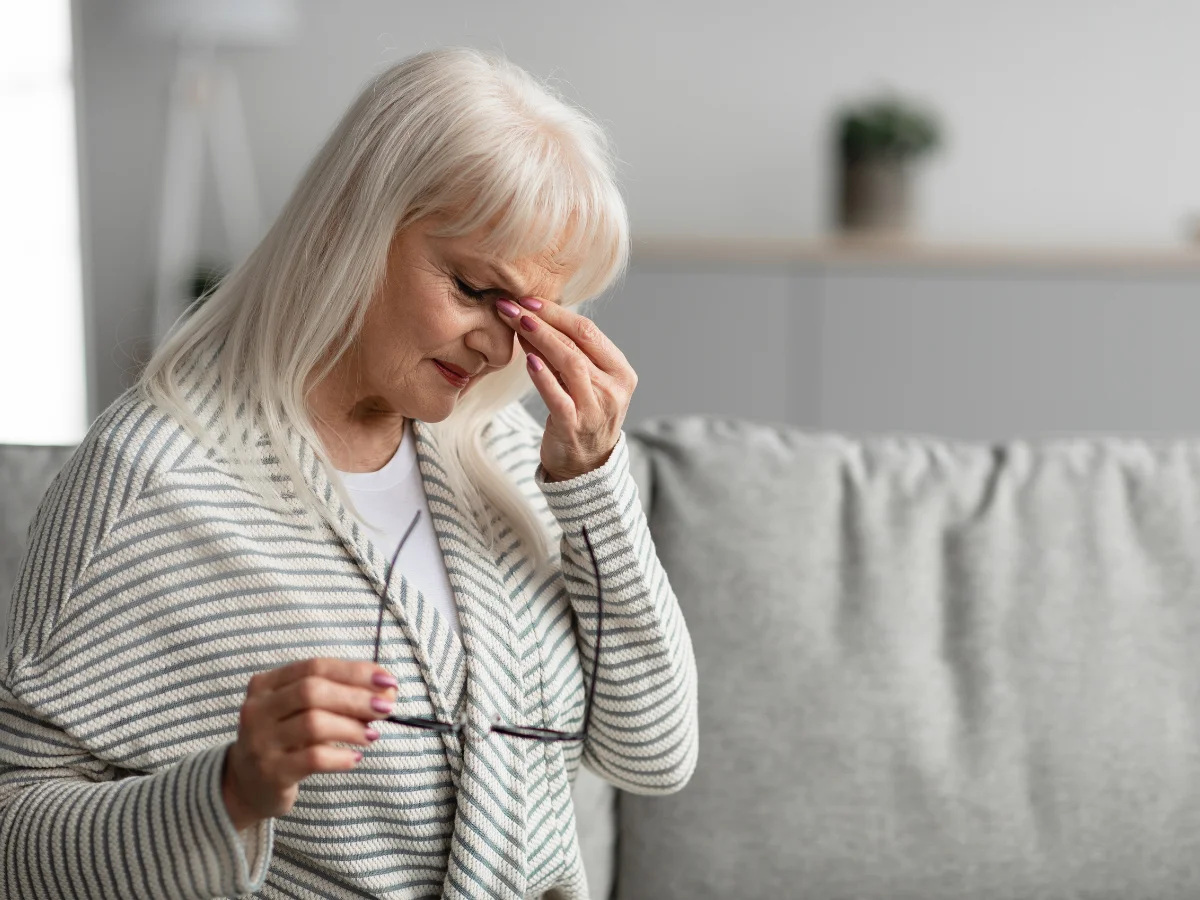
skin concerns
Are you affected?
Individuals with tired eyes might experience discomfort, including dryness or excessive tearing, as the eyes attempt to compensate for overuse or exposure to harsh lighting and digital screens. These symptoms not only affect physical appearance but can also lead to discomfort and visual disturbances, such as blurred vision or sensitivity to light. The underlying causes of tired eyes are varied, ranging from straightforward issues like lack of adequate sleep and poor dietary habits to more complex problems such as uncorrected vision problems or chronic dry eye syndrome. Addressing tired eyes effectively requires a holistic approach that includes ensuring adequate sleep, managing screen time, using proper lighting, and perhaps most importantly, seeking regular eye exams to rule out and treat any underlying vision or health issues.
Causes
Prolonged Screen Time: Spending extended periods looking at computer screens, smartphones, tablets, or other digital devices is one of the most common causes of tired eyes. The high visual demands of such devices cause the eyes to become fatigued.
Reading for Long Periods: Similar to screen use, long periods of reading, especially under poor lighting conditions, can strain the eyes. The focus required to read small text and maintain visual concentration can lead to eyestrain.
Inadequate Lighting: Working in lighting that is too dim or too harsh can strain the eyes. Insufficient light makes it hard to focus, while overly bright lights, including harsh interior lighting or sunlight, can cause glare, which is also stressful for the eyes.
Lack of Sleep: Insufficient rest can significantly contribute to tired eyes. A lack of sleep prevents the eyes from receiving adequate rest, essential for proper function and lubrication.
Dry Air Environments: Environments that are overly dry, such as those produced by air conditioning or heating systems, can dry out the eyes, leading to irritation and fatigue.
Extended Use of Contact Lenses: Wearing contact lenses for long hours, especially beyond the recommended time, can cause the eyes to feel tired and irritated.
Incorrect Vision Prescription: Outdated or incorrect prescriptions for glasses or contact lenses can force the eyes to work harder than necessary, leading to strain and fatigue.
Environmental Factors: Exposure to smoke, dust, or other irritants can cause the eyes to become tired, especially if the exposure is prolonged or repeated.
Underlying Health Issues: Certain health conditions, such as allergies, thyroid problems, or deficiencies in vitamins, can lead to symptoms of tired eyes. Furthermore, conditions that affect the eyes directly, like dry eye syndrome or binocular vision problems (issues with eye alignment and coordination), also contribute significantly.


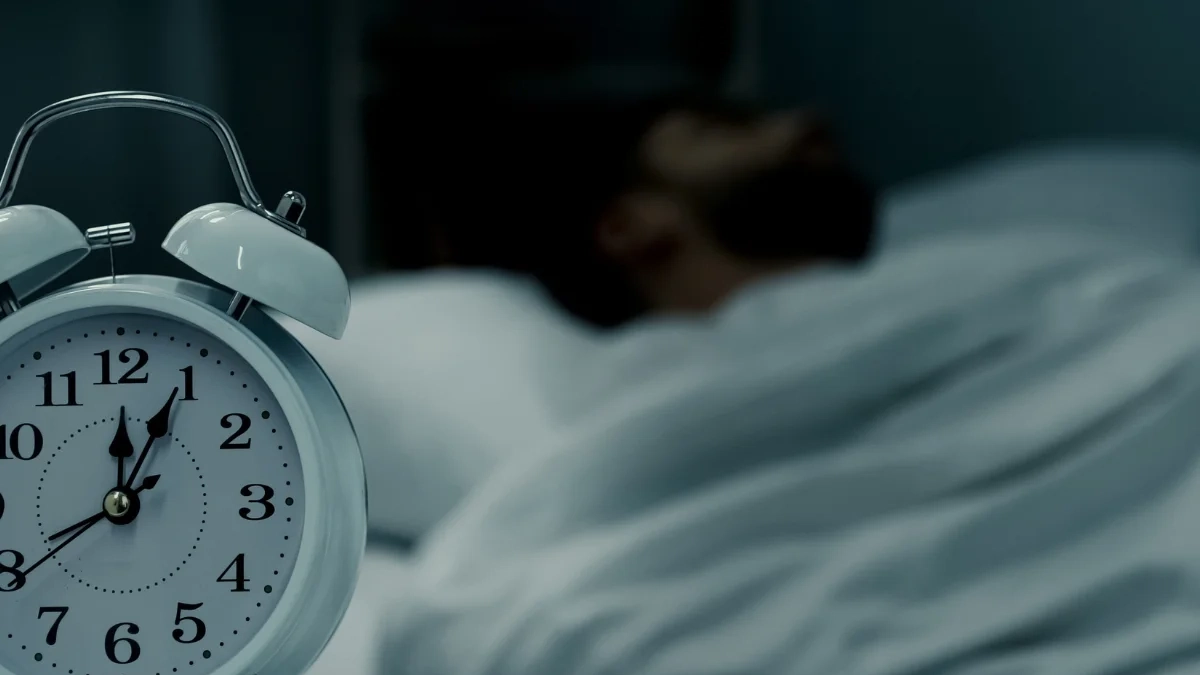
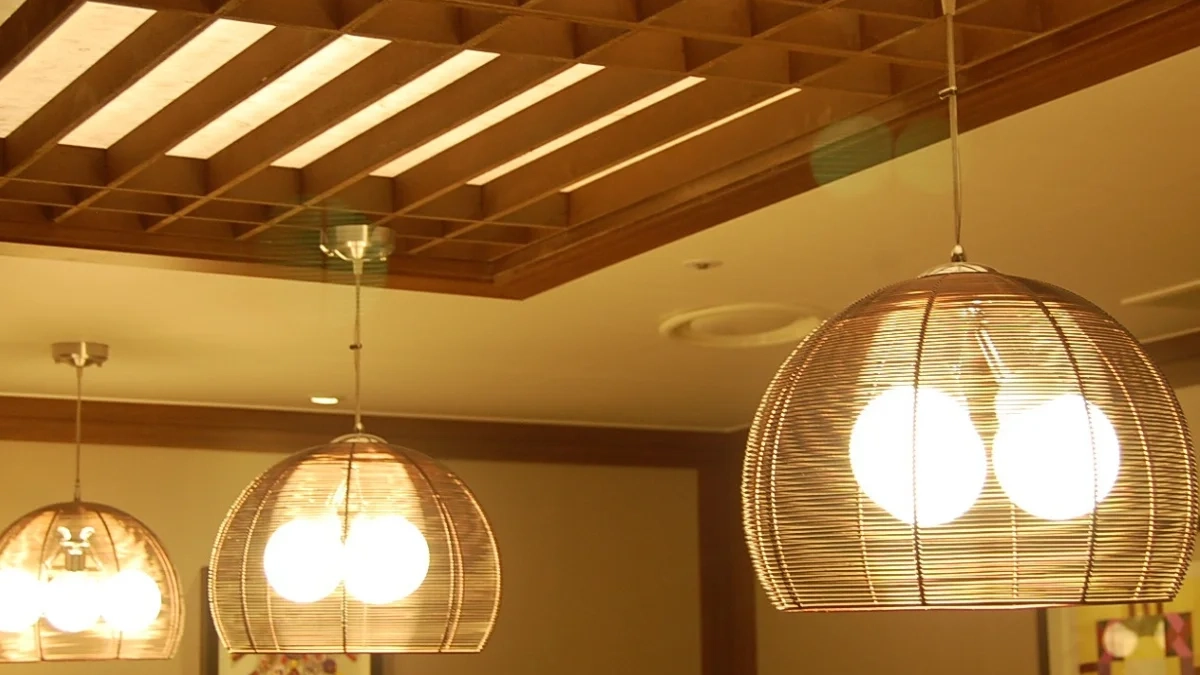
Frequently Asked Questions
What are tired eyes?
Tired eyes, also known as eyestrain, occur when the eyes feel weary, achy, or sore, often as a result of intense use such as prolonged staring at digital screens, reading for extended periods, or exposure to bright light or glare.
What causes tired eyes?
Common causes include prolonged screen time, poor lighting conditions, being tired or having insufficient sleep, dry air environments, incorrect vision prescriptions, and extended periods of concentrated visual tasks.
Can tired eyes affect vision?
While tired eyes can cause discomfort, they typically do not lead to permanent vision damage. Symptoms are usually temporary and can be alleviated with proper rest and eye care.
How can I prevent tired eyes?
Preventative measures include taking regular breaks using the 20-20-20 rule (every 20 minutes, look at something 20 feet away for at least 20 seconds), ensuring adequate lighting, adjusting screen settings for comfort, and maintaining a healthy distance from screens.
Are there treatments for tired eyes?
Yes, treatments include over-the-counter lubricating eye drops, ensuring you have the correct prescription for glasses or contacts, using anti-glare screens or glasses, adjusting your work environment for better ergonomics, and ensuring you get enough sleep.
Is it bad to use eye drops regularly for tired eyes?
While lubricating eye drops can help alleviate symptoms of dryness and irritation associated with tired eyes, it’s important to use them as directed. If you find yourself needing them very frequently, consult an eye care professional to address underlying causes.
How often should I take breaks to rest my eyes?
It’s recommended to take a short break from tasks that require intense eye focus every 20 minutes. For longer breaks, stepping away from your work environment every hour or two can help reduce eye fatigue.
Can diet affect tired eyes?
Yes, a diet lacking in essential nutrients can affect eye health. Ensure your diet includes vitamins A, C, E, and omega-3 fatty acids, which are vital for maintaining eye health and can help prevent symptoms of tired eyes.
Do glasses or contact lenses help with tired eyes?
Corrective lenses prescribed by an eye care professional can help if tired eyes are caused by straining to see clearly. Sometimes, special lenses designed for computer use might be recommended.
When should I see a doctor about tired eyes?
If simple home remedies and adjustments do not alleviate your symptoms, or if you experience significant discomfort, persistent pain, changes in vision, or if the symptoms are accompanied by redness and discharge, seeing a doctor is advisable. These could be signs of a more serious condition needing medical attention.
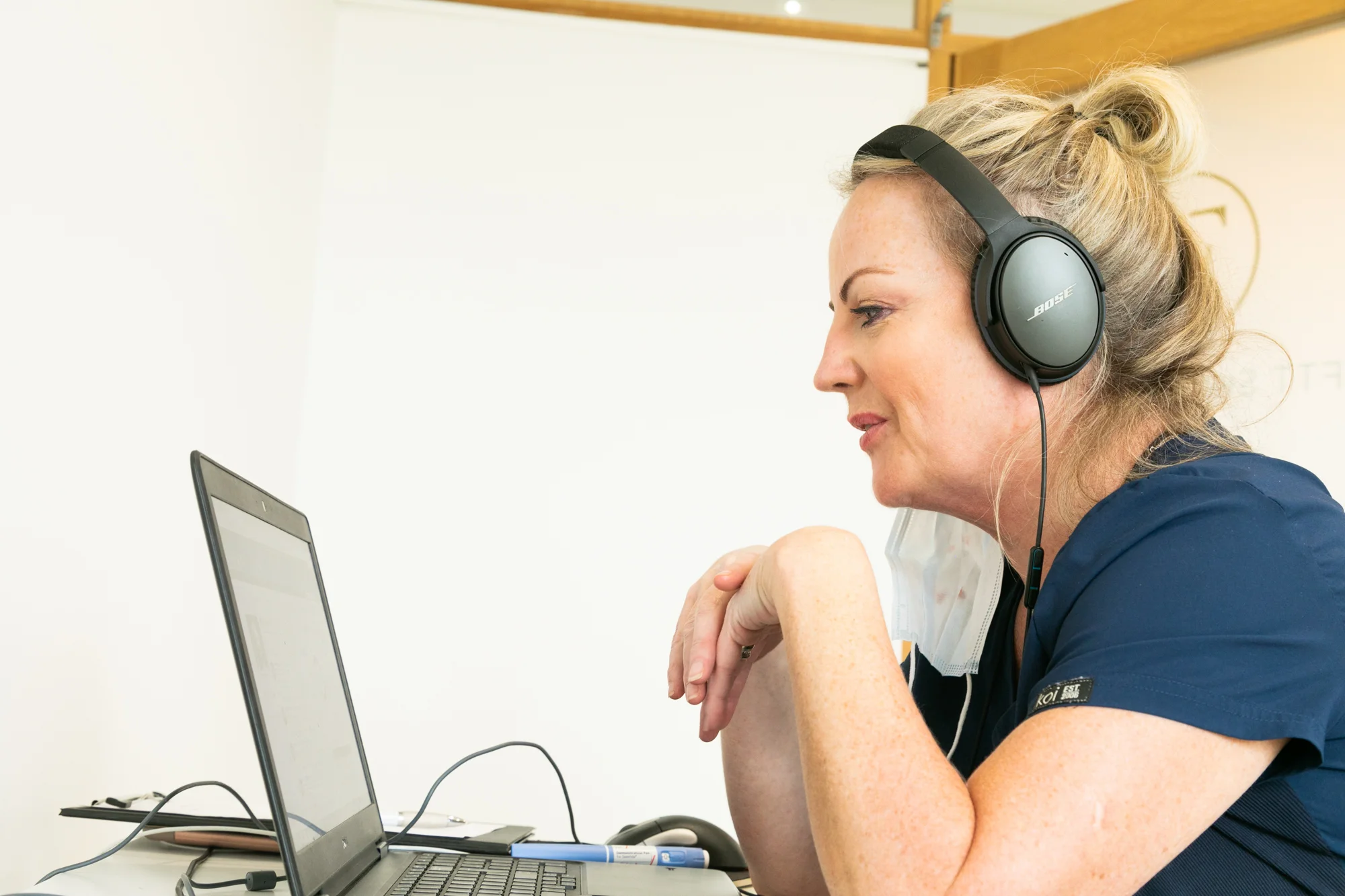
Tired Eyes Myths
Tired eyes can permanently damage your vision. Many people worry that extensive use of screens or reading in poor light causes permanent vision damage. However, while tired eyes are uncomfortable and can cause temporary blurring, they do not typically result in permanent harm to the eyes. Proper rest and appropriate eye care effectively alleviate the symptoms.
Sitting too close to the TV causes tired eyes. The idea that sitting too close to the television causes tired eyes is an oversimplification. While being very close to any screen can strain your eyes and make them feel tired more quickly, it’s the length of viewing time without breaks that’s more likely to cause eye fatigue. It’s important to take regular breaks and maintain a comfortable viewing distance.
If you don’t have vision problems, you won’t get tired eyes. Tired eyes can affect anyone, even those who have perfect vision. The strain put on the eyes by extended periods of concentration or exposure to bright lights and screen glare can cause anyone to experience symptoms of eyestrain.
Eye exercises can eliminate tired eyes. While eye exercises can help reduce the risk of tired eyes by strengthening the eye muscles and improving flexibility, they are not a cure-all. They should be seen as a part of a comprehensive approach to eye health, which also includes proper rest, adequate hydration, and appropriate visual ergonomics.
Using brighter lights will prevent tired eyes. It might seem intuitive that brighter lights would help prevent eye strain by making reading or detail work easier. However, overly bright lighting can actually cause more eye fatigue by creating glare. It’s best to use balanced, soft lighting that adequately illuminates your workspace without causing glare.
Tired eyes are only caused by reading or computer use.While these activities are common causes of tired eyes, other factors can also contribute. Environmental factors like dry air, dust, and exposure to smoke or other irritants can also make your eyes feel tired. Furthermore, general fatigue, dehydration, and certain medications can contribute to symptoms.
How Can We Help?
This minimally invasive procedure is ideal for individuals experiencing under-eye hollows, dark circles, and that persistent fatigued look, providing a smoother, more youthful appearance around the eyes.
The tear trough is the area between your lower eyelid and upper cheek. As we age, this area can become more pronounced due to thinning skin and loss of subcutaneous fat, leading to a hollowed look that can make you appear more tired than you actually are. Our tear trough treatment involves the careful injection of dermal fillers to effectively restore lost volume and reduce the appearance of dark shadows.
Volume Restoration: Dermal fillers used in tear trough treatment are typically made from hyaluronic acid, a naturally occurring substance in the skin known for its ability to retain moisture and add volume. Injecting this into the tear trough fills in the hollow area, reducing the shadow that contributes to the appearance of tired eyes.
Immediate Results: One of the key advantages of tear trough treatment is the immediacy of its results. Patients often see a noticeable improvement in the under-eye area right after the procedure, with continued improvements over the following weeks as the filler settles and hydrates the skin.
Minimally Invasive with Minimal Downtime: Unlike surgical alternatives, tear trough filler is a non-surgical option that requires no extensive downtime. The procedure is quick, typically taking less than 30 minutes, and most patients can resume their normal activities immediately afterward.
Long-Lasting Effects: Results from tear trough treatments can last from 6 months to a year or more, depending on the type of filler used and individual patient factors such as skin type, lifestyle, and age. Maintenance treatments can be scheduled to preserve the desired outcome.
Improved Confidence and Appearance: Reducing the tired appearance of the eyes can significantly impact overall facial aesthetics and boost self-esteem. Patients often report looking more rested and vibrant, even if their lifestyle hasn’t changed.
Personalized Treatment at FTT Skin Clinics:
Each tear trough treatment at FTT Skin Clinics is tailored to the individual needs and anatomy of the patient. During the initial consultation, our expert clinicians assess your specific concerns, discuss your aesthetic goals, and recommend the best treatment approach. We use only the highest quality fillers and the latest techniques to ensure safety and efficacy.
Our commitment to personalized care extends beyond the treatment itself, with comprehensive follow-up to monitor results and make any adjustments if necessary. This approach ensures that all of our patients receive the most effective treatment for their tired eyes, helping them to look as refreshed and rejuvenated as they feel.
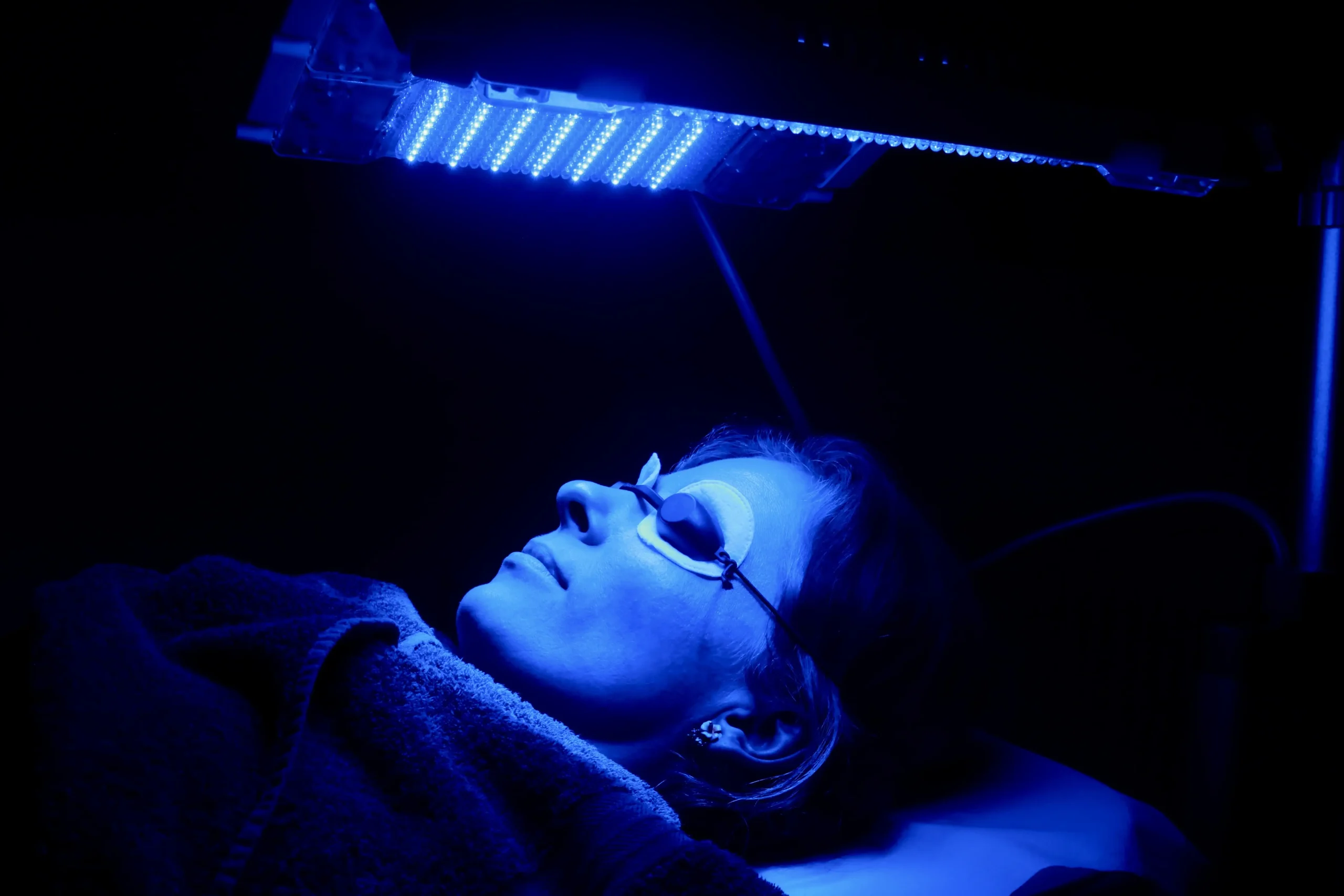
Treatment Time
30 Minutes
Visible Results
Immediate
Full Recovery
24 Hours
Duration
1 Year
Sensitivity Time
24 Hours
Anaesthetic
Topical - Local Injection
Back to Work
Immediate
No. of Treatments
Treatment Plan
Polynucleotides, innovative therapy involves the use of naturally occurring molecules that can significantly rejuvenate the skin by improving its elasticity and hydration.
Enhancing Skin Hydration and Texture: Polynucleotides have a high affinity for water, attracting and retaining moisture in the skin. When injected into the under-eye area, these molecules help hydrate and plump the skin, reducing the sunken or hollow appearance that often accompanies tired eyes. This increased hydration also helps smooth out fine lines and gives the skin a more refreshed and vibrant look.
Stimulating Collagen and Elastin Production: One of the key benefits of polynucleotide treatments is their ability to stimulate the body’s natural production of collagen and elastin. These are essential proteins that provide structural support and elasticity to the skin. By promoting their production, polynucleotides help improve skin firmness and reduce the sagging and wrinkling that can make eyes appear tired.
Anti-inflammatory and Healing Properties: Polynucleotides possess natural anti-inflammatory properties, which are beneficial in reducing puffiness and swelling around the eyes. Additionally, their regenerative capabilities support cellular repair and renewal, helping to revitalize the under-eye area and lessen the appearance of dark circles.
Long-Lasting Results: Treatments with polynucleotides provide durable results. The improvements in skin quality and structure can be long-lasting, with benefits visible for several months after the treatment. Regular maintenance sessions can further prolong these effects, helping keep the under-eye area looking rejuvenated and vibrant.
Minimally Invasive with Minimal Downtime: Polynucleotide injections are minimally invasive and require no significant downtime. The procedure involves a series of small injections under the eyes, which are typically well-tolerated by patients. Most can return to their normal daily activities immediately following the treatment.
Safe and Effective: Polynucleotide treatments are known for their high safety profile. The risk of allergic reactions is minimal since polynucleotides are highly biocompatible substances that closely resemble human DNA.
Customized Treatment Plans at FTT Skin Clinics:
At FTT Skin Clinics, we understand that each individual’s skin and concerns are unique. During your initial consultation, our experts will assess your specific under-eye issues and overall skin condition to tailor a treatment plan that best suits your needs. We aim to provide targeted, effective solutions that not only address the symptoms of tired eyes but also enhance your overall eye aesthetics.
By choosing polynucleotide treatments at FTT Skin Clinics, you are opting for an advanced, scientifically-backed method to rejuvenate your under-eye area and combat the signs of tiredness, allowing you to look as refreshed and alert as you feel.

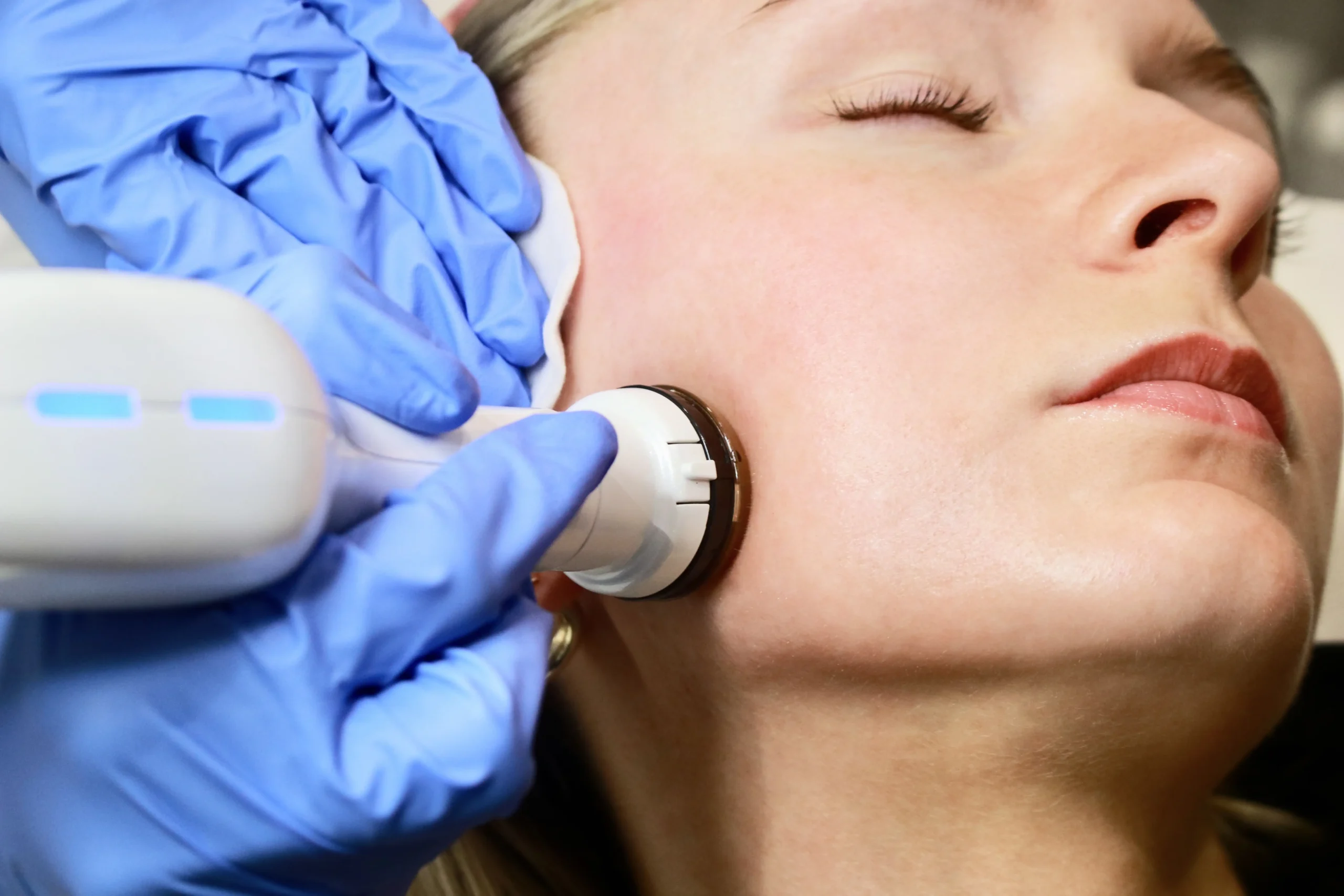
Treatment Time
30 Minutes
Visible Results
Immediate
Full Recovery
Immediate
Duration
-
Sensitivity Time
24 Hours
Anaesthetic
Not Avaliable
Back to Work
Immediate
No. of Treatments
-
Dermal fillers are an effective solution for rejuvenating the under-eye area and addressing the common signs of tired eyes, such as dark circles, hollows, and fine lines.
Volume Restoration: The loss of volume under the eyes is a primary contributor to the appearance of tired eyes. Dermal fillers can effectively restore this lost volume by plumping up the area, thereby reducing the shadowing that creates dark circles and filling out the hollows that can make you look exhausted.
Hydration Boost: Hyaluronic acid, the main component in many dermal fillers, is renowned for its ability to retain water. When injected beneath the eyes, it hydrates the skin from within, which helps to improve skin texture and smoothness, contributing to a fresher and more youthful appearance.
Immediate Improvement: One of the significant advantages of dermal fillers is the immediacy of results. Patients often notice an enhancement right after the treatment, with the under-eye area appearing more refreshed and less tired-looking.
Collagen Stimulation: Beyond providing immediate volume and hydration, dermal fillers also stimulate the body’s natural production of collagen over time. This helps to improve skin quality and durability in the treated area, reducing the likelihood of further aging signs developing quickly.
Minimally Invasive with Minimal Downtime: The procedure for administering dermal fillers is quick, typically taking less than 30 minutes, and involves minimal discomfort. It is non-surgical, requires no general anesthesia, and most patients can return to their everyday activities immediately afterward with no downtime required.
Customizable Treatments: Dermal fillers offer versatile treatment options, which can be tailored to meet the specific needs of each patient. The type and volume of filler used are carefully chosen based on the individual’s skin structure, the severity of under-eye issues, and the desired outcome.
Long-Lasting Results: The effects of dermal fillers for tired eyes can last anywhere from 6 months to over a year, depending on the type of filler used and the individual’s metabolism. To maintain the results, touch-up treatments can be scheduled as needed.
Procedure at FTT Skin Clinics:
During your consultation at FTT Skin Clinics, our expert clinicians will evaluate your specific concerns and recommend the most appropriate type of filler and treatment plan. We prioritize natural-looking results and ensure that all procedures are performed in a safe, clinical environment using only the highest quality products. Our approach is holistic – we not only aim to improve the appearance of tired eyes but also to enhance overall facial aesthetics and patient confidence.
Dermal fillers provide a safe, reliable, and effective way to diminish the tired look around the eyes, offering patients a non-surgical option to achieve rejuvenated, brighter, and more youthful eyes.


Treatment Time
30 Minutes
Visible Results
Immediate
Full Recovery
24 Hours
Duration
1 Year
Sensitivity Time
24 Hours
Anaesthetic
Topical - Local Injections
Back to Work
Immediate
No. of Treatments
Treatment Plan
Radio Frequency (RF) treatment is a non-invasive procedure used at FTT Skin Clinics to rejuvenate and refresh the delicate skin around the eyes, effectively addressing the appearance of tired eyes.
Stimulating Collagen Production:
RF energy works by delivering controlled heat to the deeper layers of the skin. This thermal energy stimulates the production of collagen and elastin, which are essential for maintaining skin firmness and elasticity. By boosting collagen production, RF treatments help to tighten the skin around the eyes, reducing sagging and wrinkles that contribute to a tired appearance.
Improving Blood Circulation:
The heat generated by RF treatment improves blood circulation in the treated area. Enhanced circulation helps to deliver more oxygen and nutrients to the skin cells, promoting healthier skin. Improved circulation can also reduce puffiness and dark circles under the eyes, which are common signs of tired eyes.
Smoothing Fine Lines and Wrinkles:
RF treatment effectively targets fine lines and wrinkles around the eyes. By tightening the skin and stimulating collagen, RF helps to smooth out these lines, making the eyes look more youthful and less fatigued. This is particularly beneficial for crow’s feet and other age-related lines.
Enhancing Skin Texture:
RF treatments help to improve the overall texture of the skin around the eyes. The controlled heat from the RF device encourages the renewal of skin cells, leading to a smoother, more even skin surface. This reduction in skin texture irregularities contributes to a fresher, more awake look.
Non-Invasive and Comfortable:
One of the key benefits of RF treatment is that it is non-invasive and requires no downtime. Patients can undergo the procedure and immediately return to their normal activities. The treatment is generally comfortable, with most patients experiencing only a mild warming sensation during the session.
Quick and Convenient Sessions:
RF treatments are relatively quick, typically lasting about 20-30 minutes for the eye area. This makes it an ideal option for individuals with busy schedules who want to achieve noticeable improvements without lengthy appointments or recovery periods.
Long-Lasting Results:
The benefits of RF treatment continue to develop over time as collagen production increases. Patients typically see improvements in skin tightness and texture within a few weeks, with results lasting several months. Regular maintenance sessions can help sustain these results and keep the eye area looking rejuvenated.
Personalized Treatment Plans:
At FTT Skin Clinics, each RF treatment is tailored to the individual’s specific needs and skin condition. During the initial consultation, our skincare experts assess the eye area and develop a customized treatment plan to achieve the best possible outcomes for reducing tired eye symptoms.
Radio Frequency treatment at FTT Skin Clinics offers a safe, effective, and convenient solution for rejuvenating the eye area. By addressing the underlying causes of tired eyes, RF helps patients achieve a more refreshed and youthful appearance, enhancing their overall facial aesthetics.


Treatment Time
30 Minutes
Visible Results
Immediate
Full Recovery
24 Hours
Duration
1 Year
Sensitivity Time
24 Hours
Anaesthetic
Topical - Local Injections
Back to Work
Immediate
No. of Treatments
Treatment Plan
At Home Care Tips
At FTT Skin Clinics, we empower you with practical tips to manage tired eyes and enhance the effectiveness of your skincare efforts. For those enduring the psychological impact of tired eyes, seeking support and adopting a positive skincare mindset are essential steps towards healing both skin and self-esteem.
Tired eyes can be alleviated and managed effectively with some simple at-home remedies and lifestyle adjustments. Here are practical tips to help you rejuvenate your eyes and reduce the appearance of fatigue:
Maintain Good Eye Hygiene: Regularly clean your eyes with gentle, hypoallergenic products. Use a mild, fragrance-free cleanser and avoid harsh chemicals that can irritate the eye area.
Apply Cold Compresses: Using cold compresses can help reduce puffiness and soothe tired eyes. You can soak clean cotton pads in cold water or chamomile tea and place them over your eyes for a few minutes. Alternatively, chilled cucumber slices or refrigerated gel eye masks are also effective.
Ensure Proper Lighting: Work and read in well-lit conditions. Poor lighting causes you to strain your eyes, which can contribute to fatigue. Make sure that your light source is not too harsh or direct, and avoid glare on screens.
Adjust Screen Settings: If you spend long hours in front of a computer, adjust the brightness, contrast, and text size to comfortable levels. Use blue light filters on your digital devices to reduce eye strain caused by prolonged exposure to blue light.
Take Regular Breaks: Follow the 20-20-20 rule when using digital devices: every 20 minutes, look at something 20 feet away for at least 20 seconds. This practice helps reset your focus and reduce eye strain.
Stay Hydrated: Adequate hydration is vital for maintaining eye health. Drink plenty of water throughout the day to help your body maintain a healthy level of moisture in the eyes.
Practice Eye Exercises: Simple eye exercises can help improve circulation and reduce strain. Try gently rolling your eyes, looking up and down, and then side to side. Palming, where you rub your hands together to generate warmth and then place them over your closed eyes, can also help relax the muscles around your eyes.
Optimize Your Diet: Include foods rich in vitamins A, C, E, and omega-3 fatty acids in your diet. These nutrients support eye health and can help combat dryness and discomfort. Carrots, leafy greens, fish, nuts, and seeds are all great choices.
Use Quality Eye Creams: Invest in a good eye cream that targets your specific concerns, such as hydration, elasticity, or dark circles. Ingredients like peptides, retinol, and antioxidants can help rejuvenate the skin around your eyes.
Get Enough Sleep: Aim for 7-9 hours of quality sleep per night. Sleep is crucial for eye health and overall well-being; lack of sleep is a primary contributor to the appearance of tired eyes.
Implementing these tips can help you minimize the symptoms of tired eyes significantly. If your symptoms persist despite these efforts, it may be helpful to consult with an eye care professional to rule out any underlying conditions.
